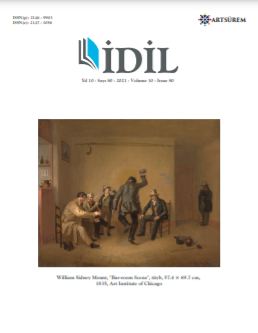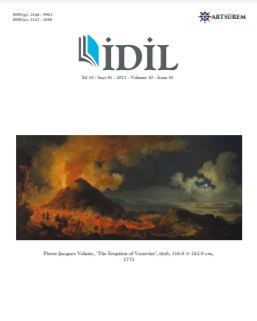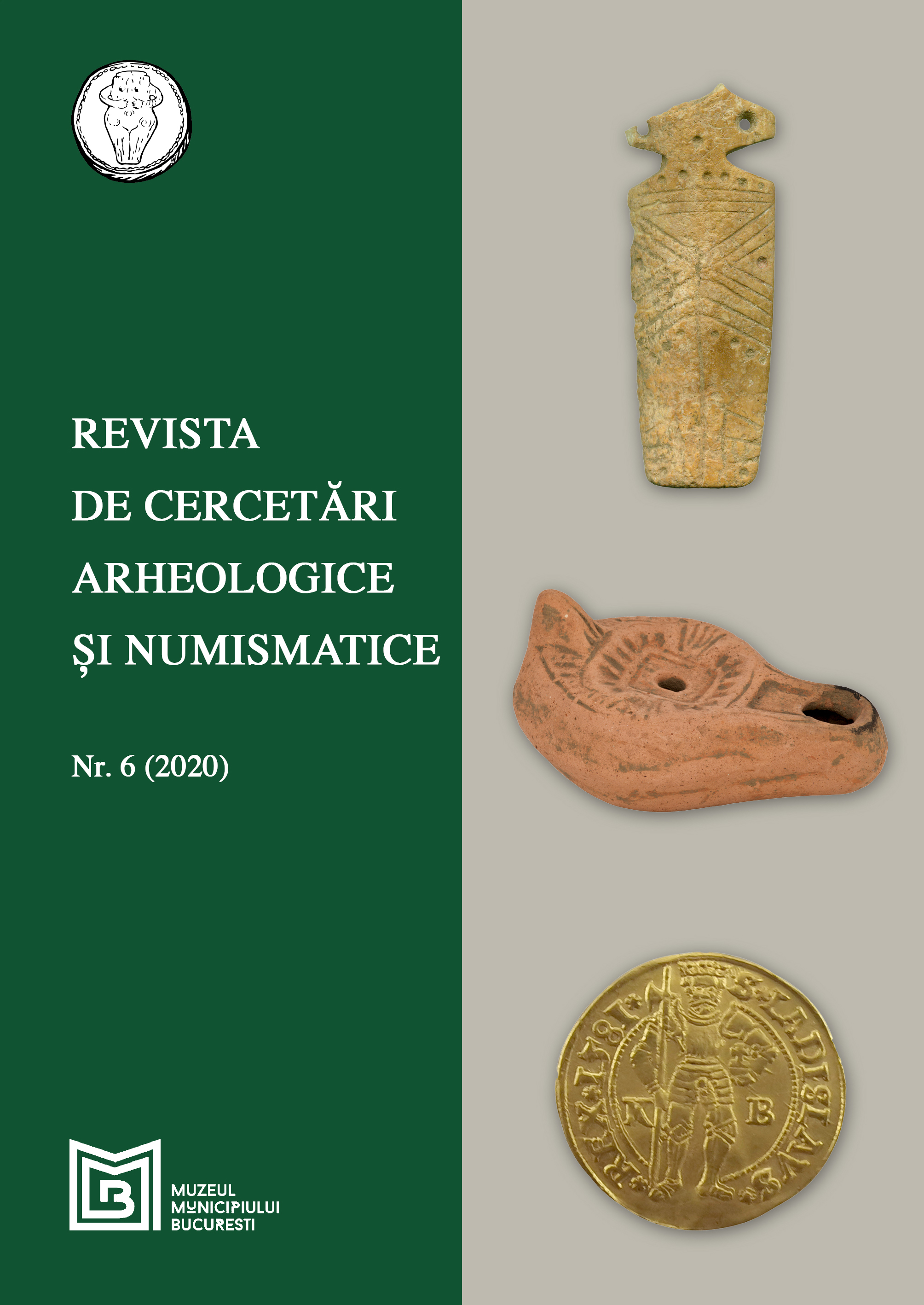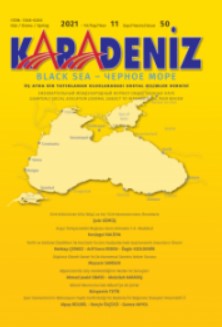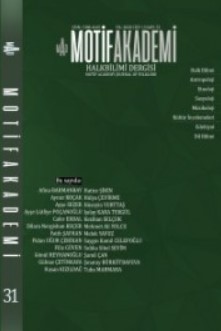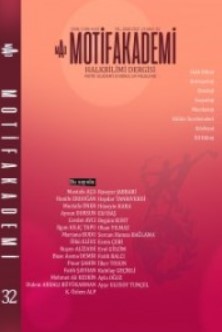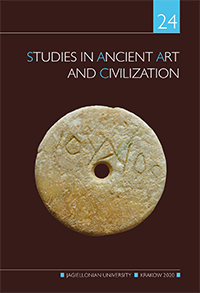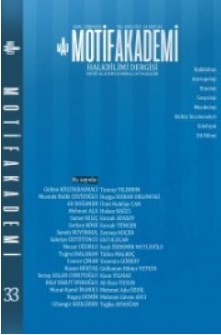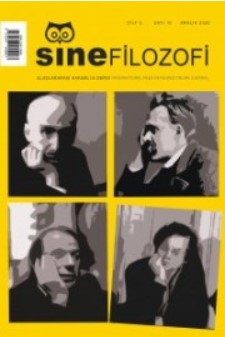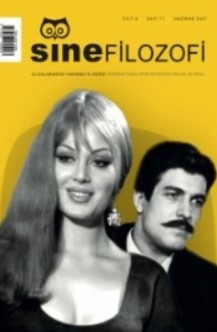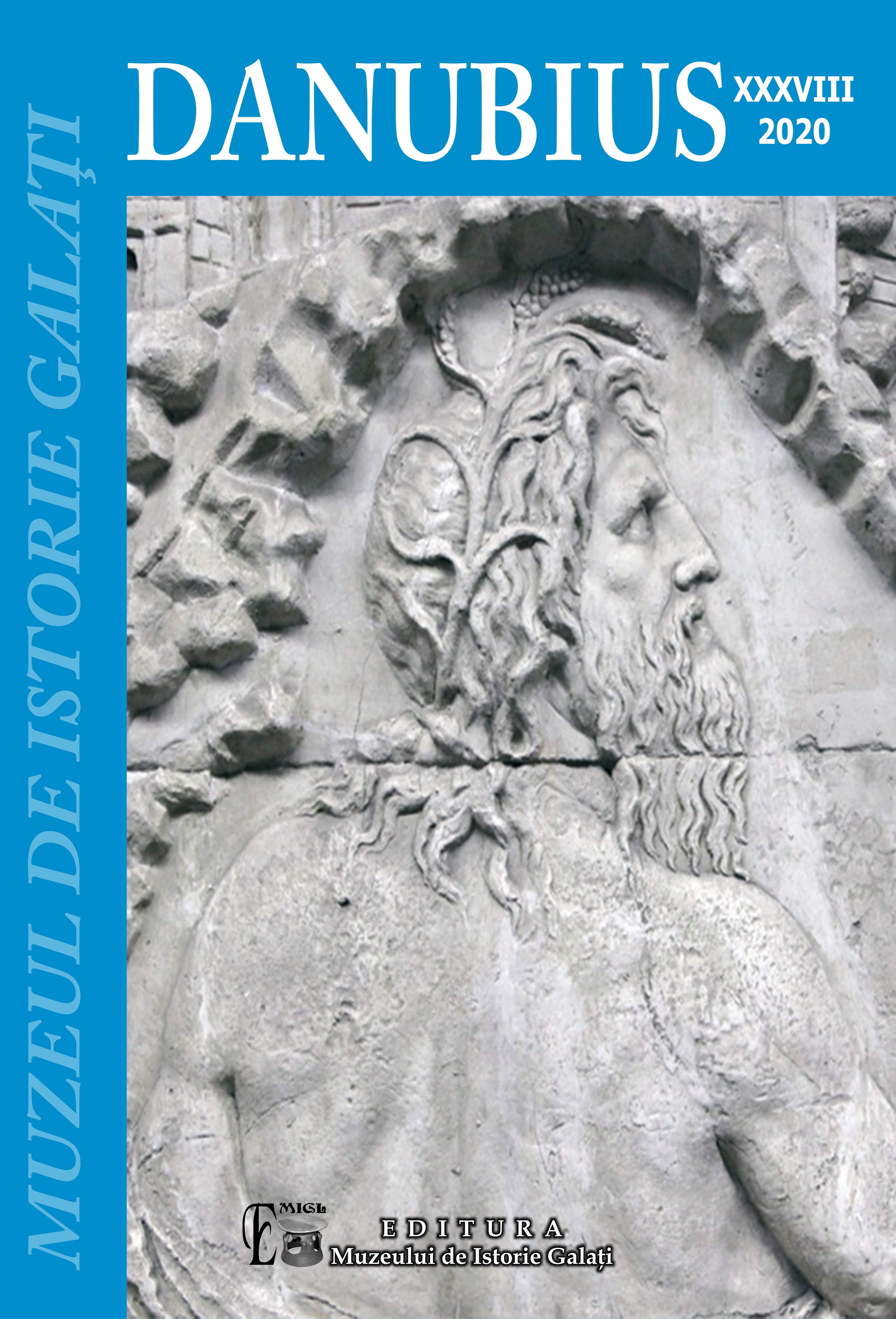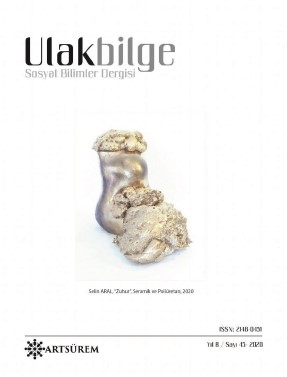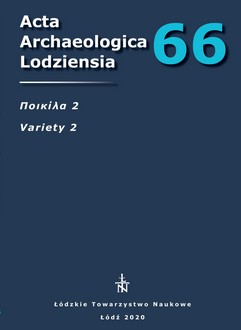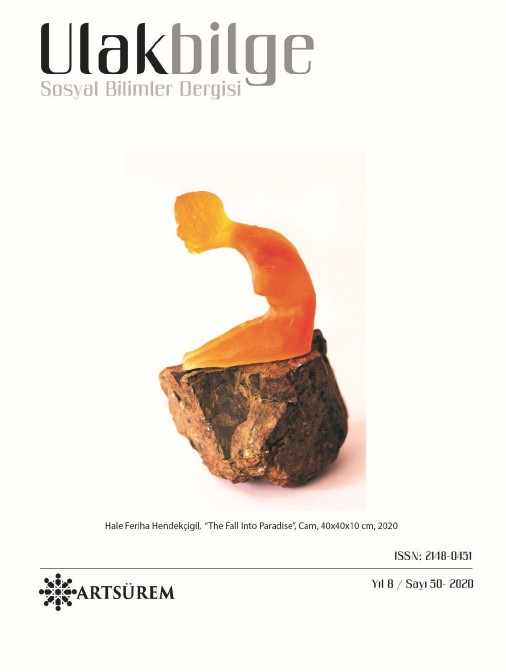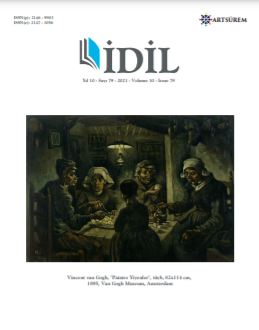
POİNTİLİST BAKIŞ AÇISININ TEMELLERİ VE GÜNÜMÜZ SANATINA YANSIMALARI
In the research, first of all, the foundations of the understanding of pointillism as a formative understanding in the early 20th century, the reasons of the orientation, the reflections of the concept of shaping on the art of the period, the studies on color and light in the process starting with the Impressionists, the bridge between art and science through color and light (color knowledge), It is studied with examples from science (visual forms of the eye and time-space relation), psychology (gestalt theory) and philosophy (phenomenological approach). Then, by establishing a relationship between the working principle of computers and the shaping method of art, the mutual relationship between the formation of color through the combination of dots and the emergence of image and action through the combination of codes is analyzed. The bridge between art and science is evaluated within the scope of modern and postmodern art, and the working principle and aesthetic discourse of new media arts are interpreted from the Pointilist perspective. In this context, the sample of the research consists of the examples in which the Pointilist approach is used directly (using the dots to create the color) and the indirect use of the Pointilist approach (the combination of parts to form the form). As a result of, there is a continuous relationship between art, science and philosophy, the boundaries of this relationship have increased in some historical periods while examining in others, the pointillist understanding, which is a form of expression of the modernist approach, changes meaning, purpose and form and is at the basis of new media arts in today's technology age, but again It is seen that objective reality is positioned on the same basis in the subjective transformation (reflection on the work). However, when the pointillist approaches in today's art are examined, it is seen that in parallel with the development of technological possibilities, wider subjectivities have emerged, and new art fields are created in the agenda of software technical limits, as well as the creation of both color and form.
More...
